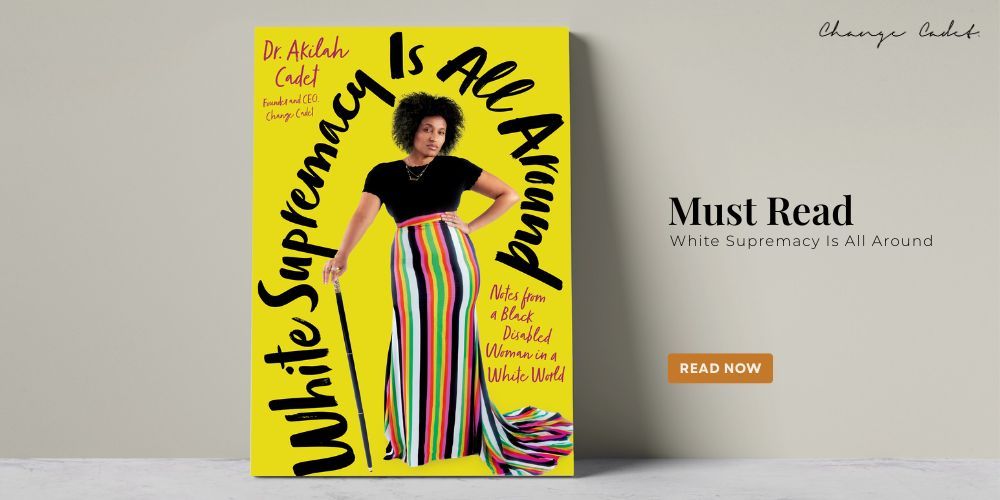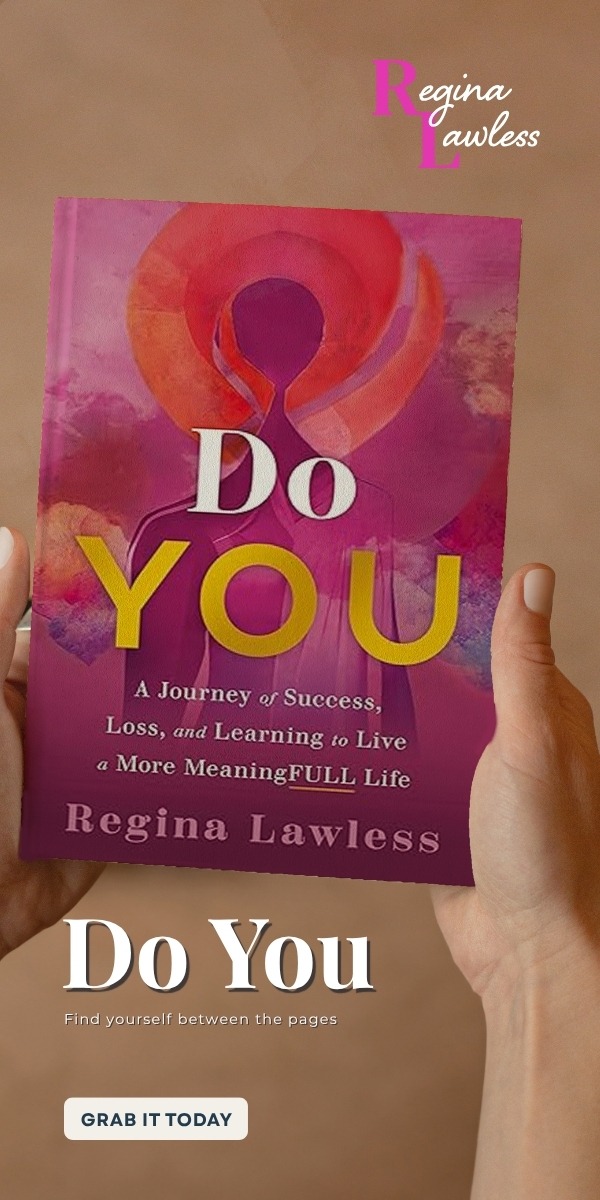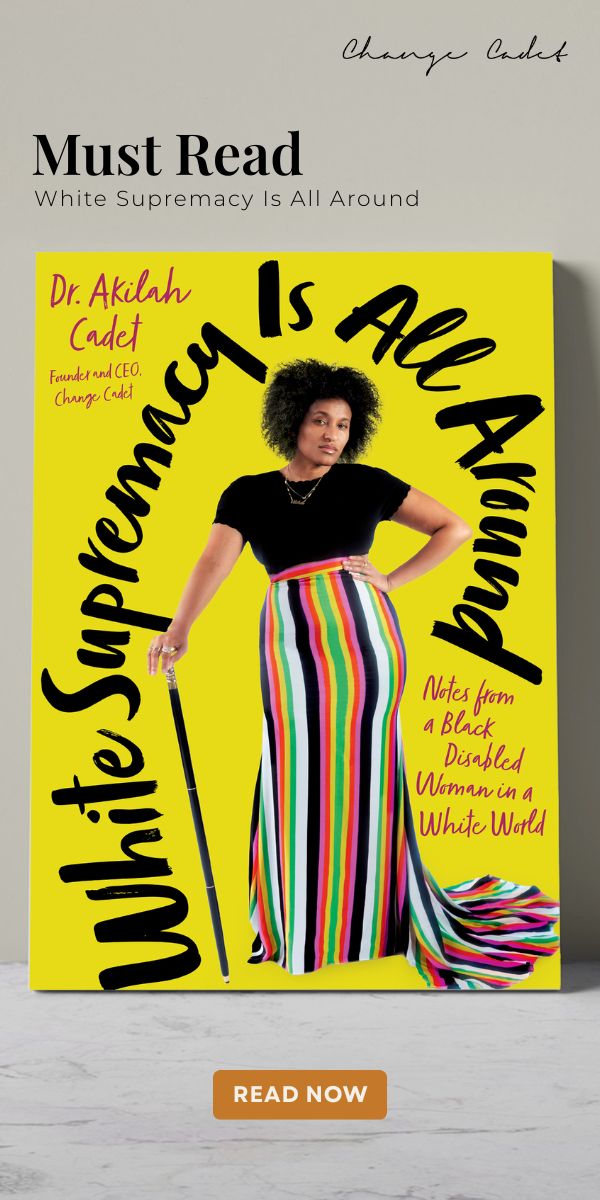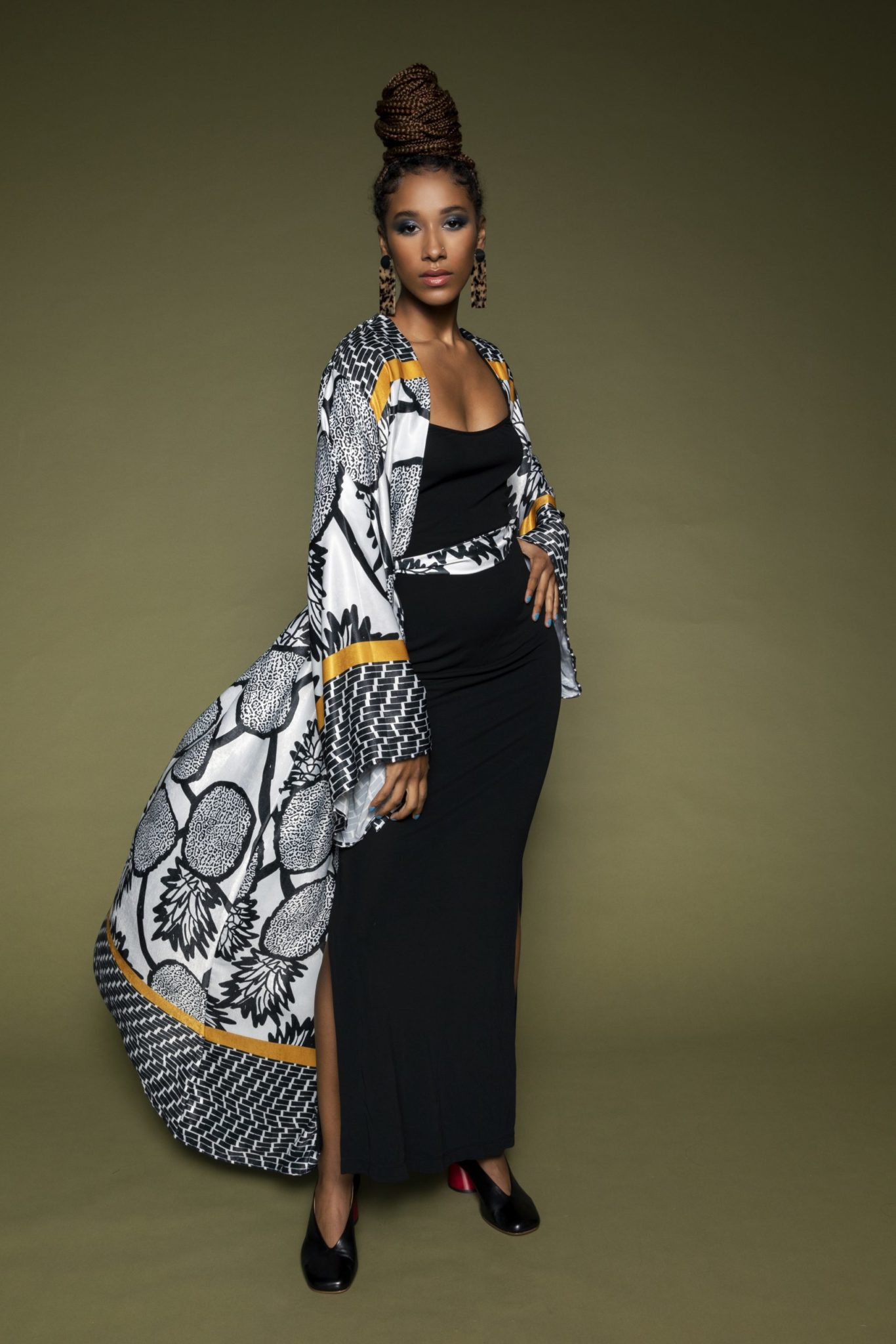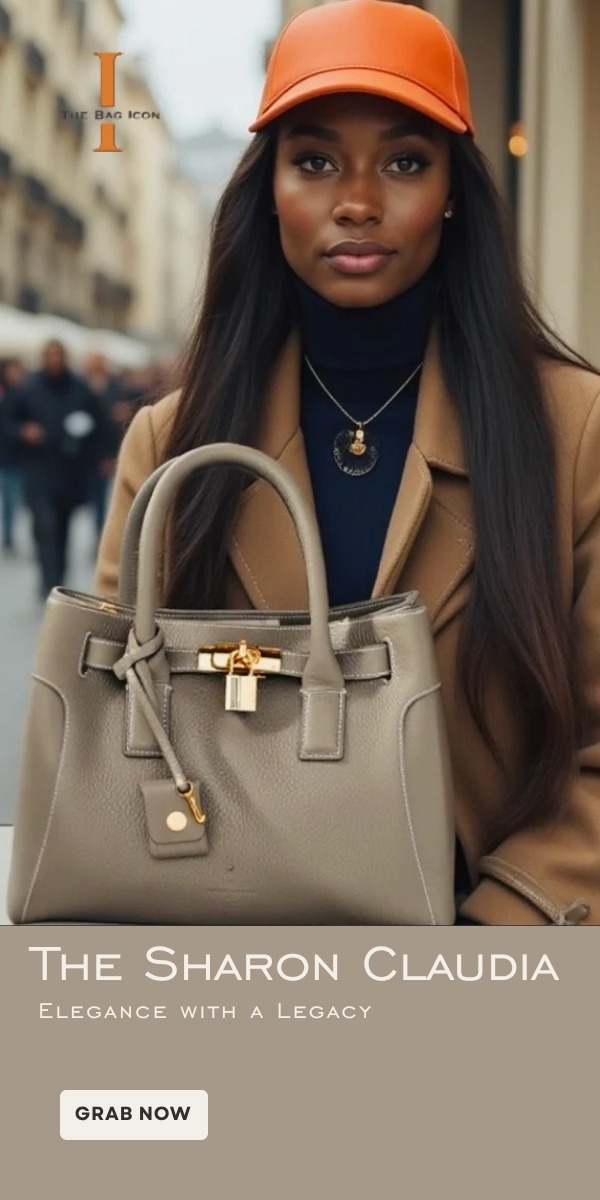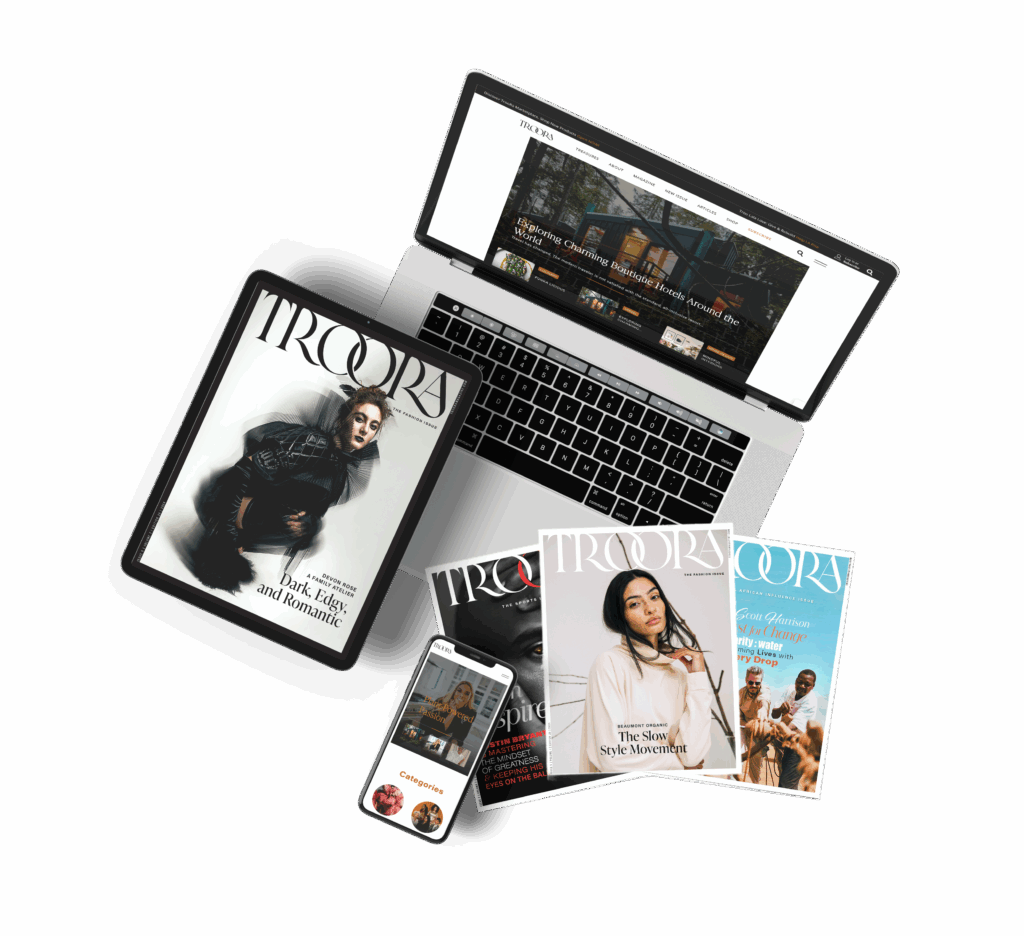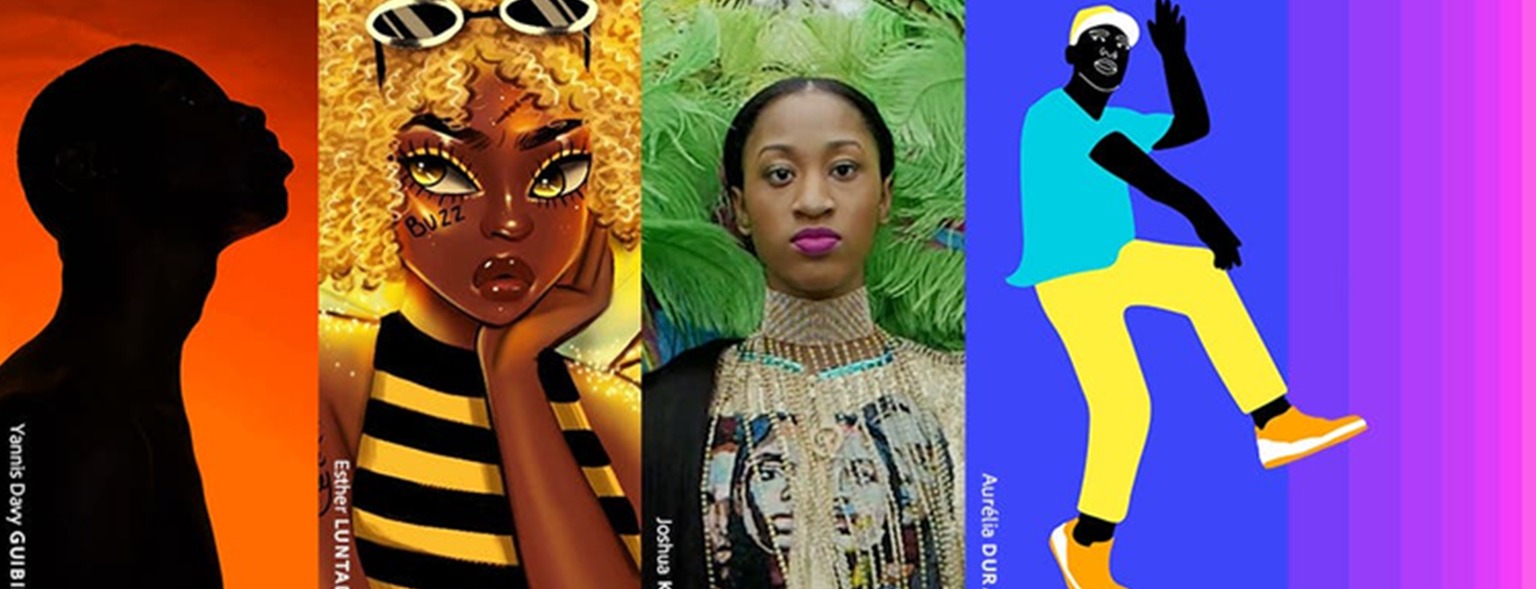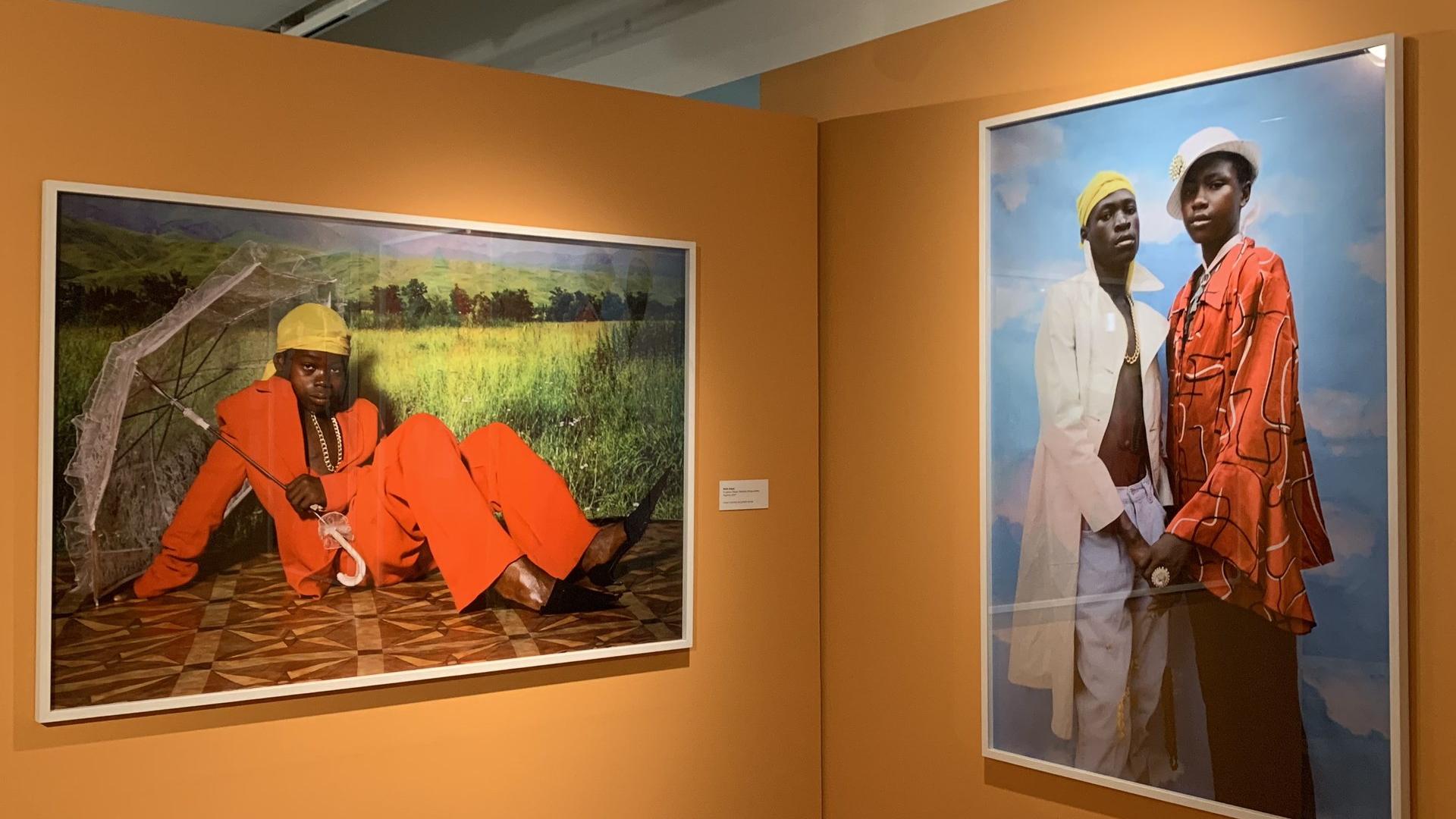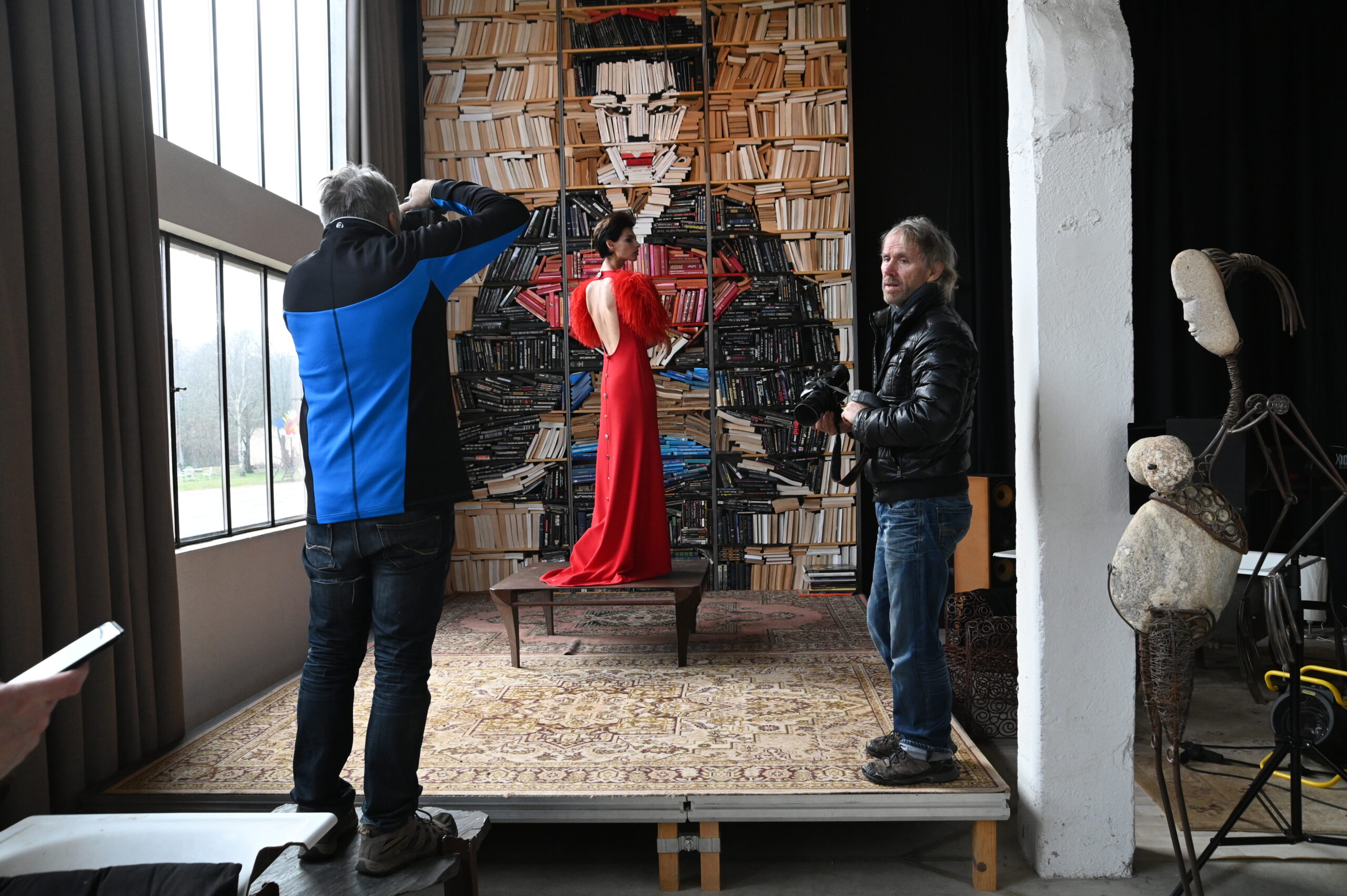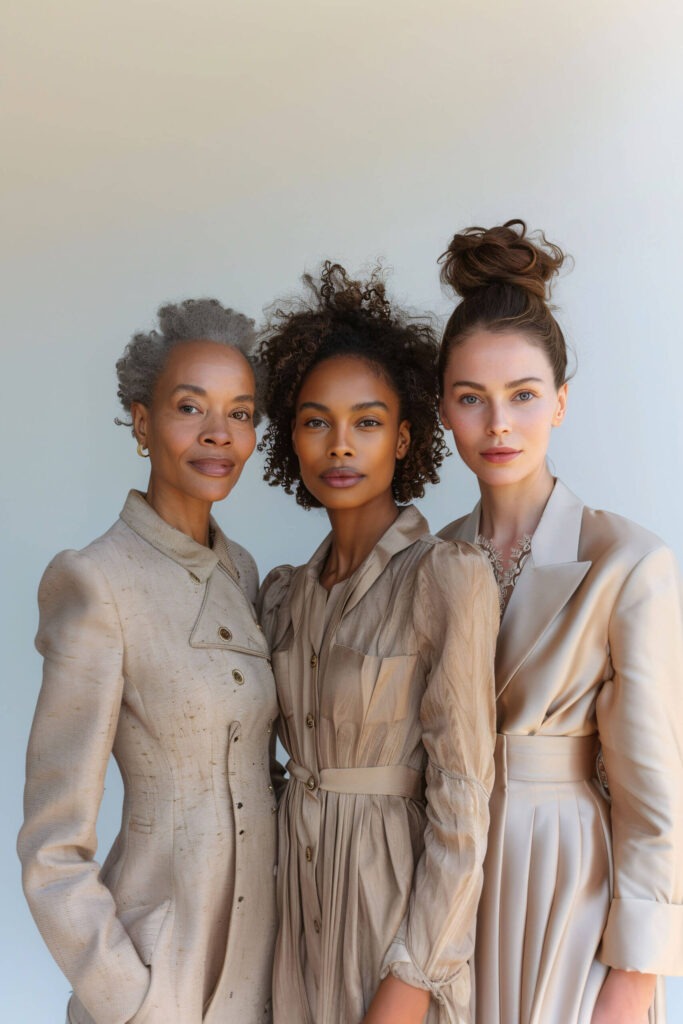Before the read
A new wave of filmmakers and musicians is redefining art and storytelling on a global stage.
Because their work is challenging old narratives and pushing creative boundaries like never before.
By blending innovation with authenticity and inspiring the next generation to do the same.
Black Artists To Watch in 2025
Art is more than expression—it’s revolution. Film is more than storytelling—it’s legacy. At the intersection of these two, a wave of emerging Black artists is redefining the cultural landscape, amplifying narratives that have long been sidelined, and pushing the boundaries of what’s possible.
From visionary filmmakers crafting stories that challenge historical erasure to musicians blending ancestral rhythms with futuristic soundscapes, these artists are not just making work; they are making history. In an industry that has often minimized Black voices, they stand as undeniable forces of innovation, inspiration, and disruption.

As we step into this new era, let’s celebrate these pioneers—filmmakers and musicians alike—who are reshaping the industry and reclaiming it, one bold creation at a time.
Cinematic Game Changers: The Directors Rewriting the Rules
The film industry has treated diversity like a checkbox rather than a necessity for far too long. But a new guard of Black filmmakers is dismantling that notion, telling stories that demand to be seen and heard. They are not waiting for permission—they are taking the space they deserve.
Nia DaCosta: Pioneering New Narratives
Nia DaCosta has emerged as a formidable force in contemporary cinema. With her directorial work on Candyman and The Marvels, she has showcased a unique ability to blend genre storytelling with profound social commentary.
DaCosta’s films delve into themes of identity, trauma, and systemic injustice, all while captivating mainstream audiences. Her storytelling is both a reflection and a critique of society, pushing viewers to confront uncomfortable truths.
RaMell Ross: Documenting the Black Experience
RaMell Ross’s documentary Hale County This Morning, This Evening offers an intimate portrayal of African American life in the rural South. His observational style captures the nuances of daily existence, challenging stereotypical narratives and presenting a rich tapestry of Black life.
Ross’s work is a testament to the power of patience and presence in storytelling, allowing moments to unfold organically and revealing the profound in the mundane.
Both DaCosta and Ross exemplify the innovative spirit of contemporary Black cinema, using their platforms to tell stories that are both deeply personal and universally resonant.
Sonic Architects: Musicians Reshaping Sound and Space
Music has always been a vehicle for revolution, and today’s Black musicians are no exception. They are architects of sound, fusing the past with the future, bending genres, and breaking expectations.
Kendrick Lamar: The Blueprint for Artistry with Purpose
Few artists have redefined hip-hop’s role as both an art form and a sociopolitical commentary like Kendrick Lamar. The Compton-born rapper is more than a lyricist; he’s a cultural historian, sonic architect, and modern-day Shakespeare, using music to dissect Black identity, generational trauma, and systemic oppression.
His Pulitzer Prize-winning album DAMN. was a masterclass in storytelling, blending sharp lyricism with layered production to create a soundscape that resonated across generations. But Lamar doesn’t just make music—he makes statements. His 2022 album Mr. Morale & The Big Steppers continued his evolution, tackling mental health, fatherhood, and the weight of fame with unfiltered vulnerability.
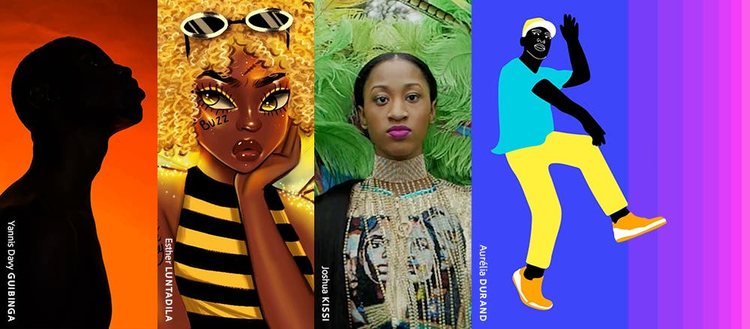
And then came Not Like Us. What began as a diss track in hip-hop’s latest battle has exploded into a cultural moment far beyond its initial context. The song’s infectious West Coast bounce, produced by Mustard, made it an instant anthem, but its impact goes deeper—it’s a declaration of Compton pride, Black excellence, and homegrown dominance. Lamar’s performance of the track at the Super Bowl halftime show wasn’t just a flex but a full-circle moment, affirming his place as hip-hop’s most compelling narrator.
While certain disgraced figures (see Kanye West) have ranted their way into irrelevance, openly spewing rancid antisemitism and torching every bridge they ever built, artists like Kendrick Lamar, Doechii, and Jordan Adetunji have stepped up to fill the void. Where West once thrived on being a “voice of the people,” his self-destruction has only highlighted the brilliance of those who still have integrity, vision, and purpose in their work.
The shift is clear: Black creativity doesn’t need chaotic egos. It needs leaders. And those leaders are here—taking hip-hop, film, and culture to heights Kanye West can only bitterly watch from the sidelines.
Doechii: Redefining Rap’s Landscape
Doechii’s meteoric rise in hip-hop is a testament to perseverance, artistry, and vision. After being fired from her job in 2021, she refused to give up, pouring everything into her craft and proving that setbacks don’t define success—grit does. From independent projects to winning Best Rap Album at the 2025 Grammys, she has become one of the most influential voices in the game.
Her Grammy performance of “Burn It Down” was a cultural reset, seamlessly blending choreography, live instrumentation, and raw lyricism—it wasn’t just a performance; it was a declaration of her arrival. Weeks later, her orchestral rendition of “Red Moon Rises” on The Late Show with Stephen Colbert showcased her range, turning late-night TV into an afterparty.
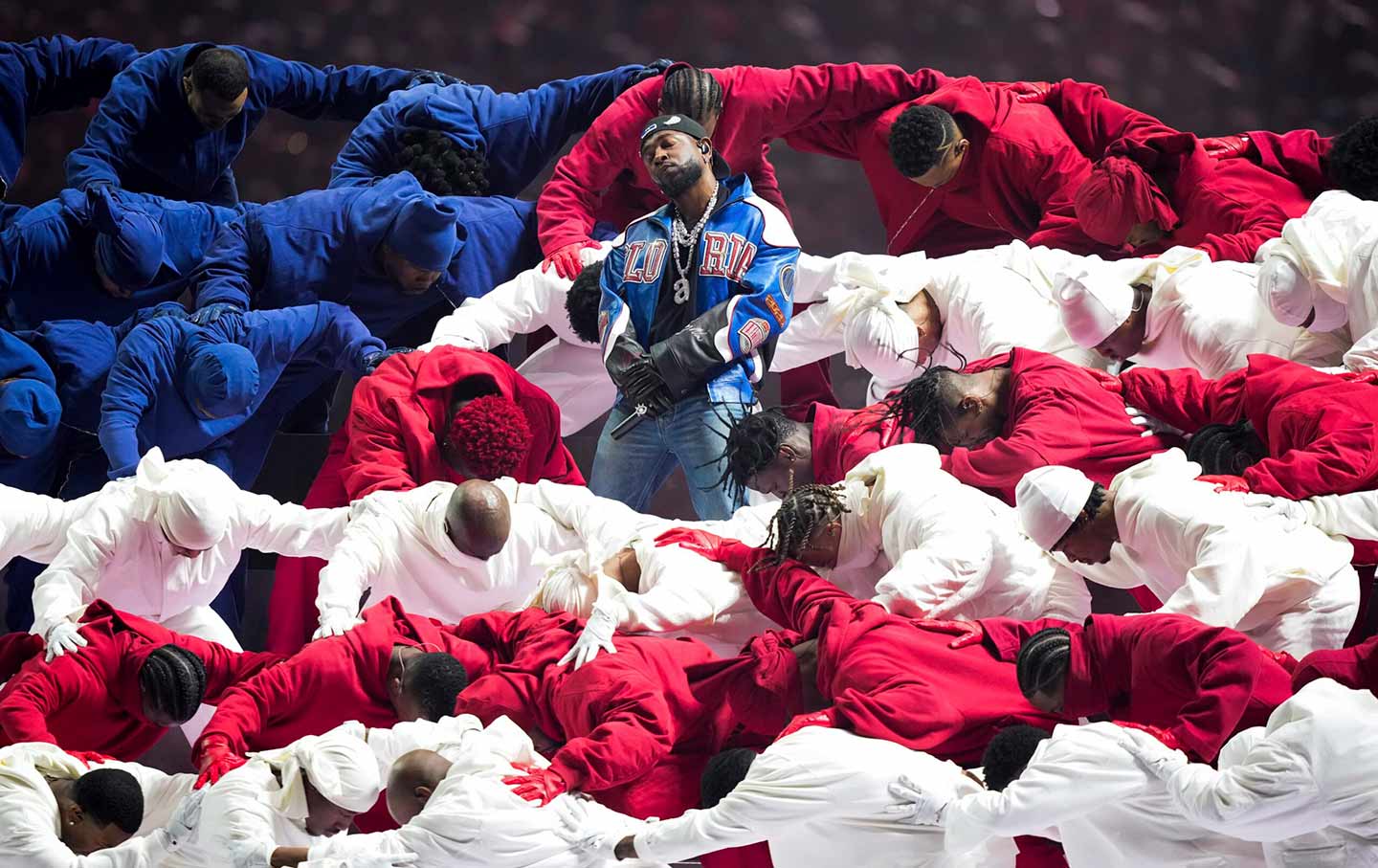
Beyond her music, Doechii’s Grammy acceptance speech resonated deeply, especially with young Black girls watching. “I was told I wasn’t enough, that I didn’t belong—but look at me now,” she said, holding back tears. “This is for every Black girl who has ever felt invisible—you are seen, you are powerful, and you are next.”
In an industry where the path is rarely easy, Doechii has proven that resilience, talent, and authenticity will always break through.
Jordan Adetunji: Blurring Genres, Breaking Boundaries
Hailing from Belfast, Jordan Adetunji is redefining what it means to be a genre-blurring artist. His sound fuses hip-hop, punk, R&B, and electronic elements, creating a bold, futuristic take on Black alternative music.
With his breakout single “WOKEUP!”, he captured attention for his high-energy delivery and fearless experimentation, proving that Black artists don’t have to fit into industry-mandated boxes.
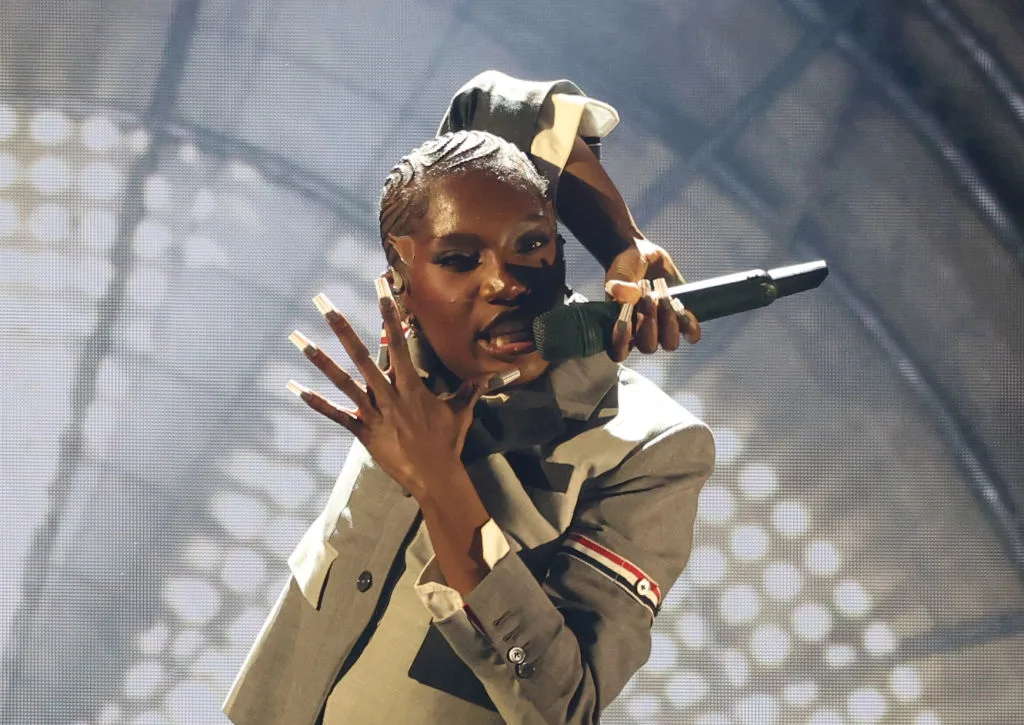
His 2025 mixtape, A Jaguar’s Dream, further cemented his status as a rising force, blending melodic hooks with punk rock intensity. Whether performing on festival stages or dropping viral visuals, Adetunji is proving that the future of music belongs to artists who dare to disrupt, reimagine, and create without limits.
Challenges and Triumphs in the Creative Industry
Despite their groundbreaking work, Black creatives often face significant barriers in the industry, including limited funding, underrepresentation, and restricted access to major platforms. However, through resilience and innovation, many have found ways to overcome these obstacles.
Initiatives like the Netflix Amplifier Fellowship provide direct support to emerging Black filmmakers, offering grants and resources to help bring their projects to fruition.
Additionally, festivals such as the American Black Film Festival have been instrumental in showcasing Black talent, proving that authentic representation matters.
These platforms provide visibility and foster a sense of community and support among Black creatives, enabling them to navigate and challenge the industry’s systemic barriers.
Inspiring the Next Generation
Beyond their own success, these artists are actively reaching back, making sure that future generations don’t have to fight the same battles alone.
Nia DaCosta frequently mentors young filmmakers, emphasizing the importance of storytelling as both an art form and an act of resistance.
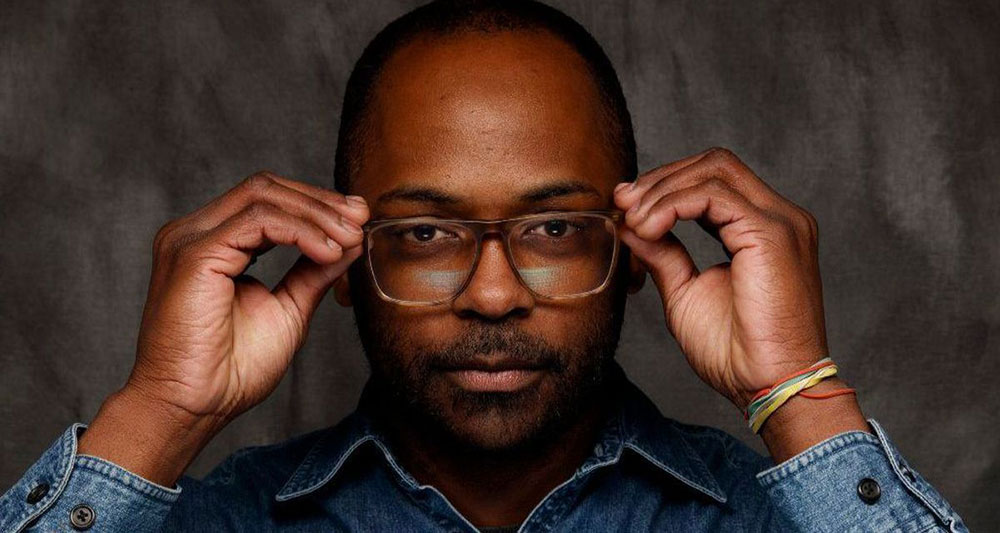
Doechii has launched a mentorship initiative, The Sound House, where she provides guidance and resources to aspiring musicians who lack access to studio time or industry connections.
Kendrick Lamar’s pgLang collective isn’t just a record label—it’s a creative hub designed to support emerging artists across multiple disciplines, proving that his mission extends far beyond his own success.
How to Support Black Artists
Art is not created in a vacuum. It thrives on support, engagement, and recognition. The filmmakers and musicians reshaping the creative landscape don’t just deserve applause—they deserve investment.
So here’s what you can do:
- Watch their films, stream their music, and buy their art. Exposure is great, but financial backing is better.
- Amplify their work. Share their projects, write about them, and bring their names into the spaces you occupy.
- Support organizations investing in Black creatives. Whether it’s attending a Black film festival or donating to an artist fund, real change happens through action.
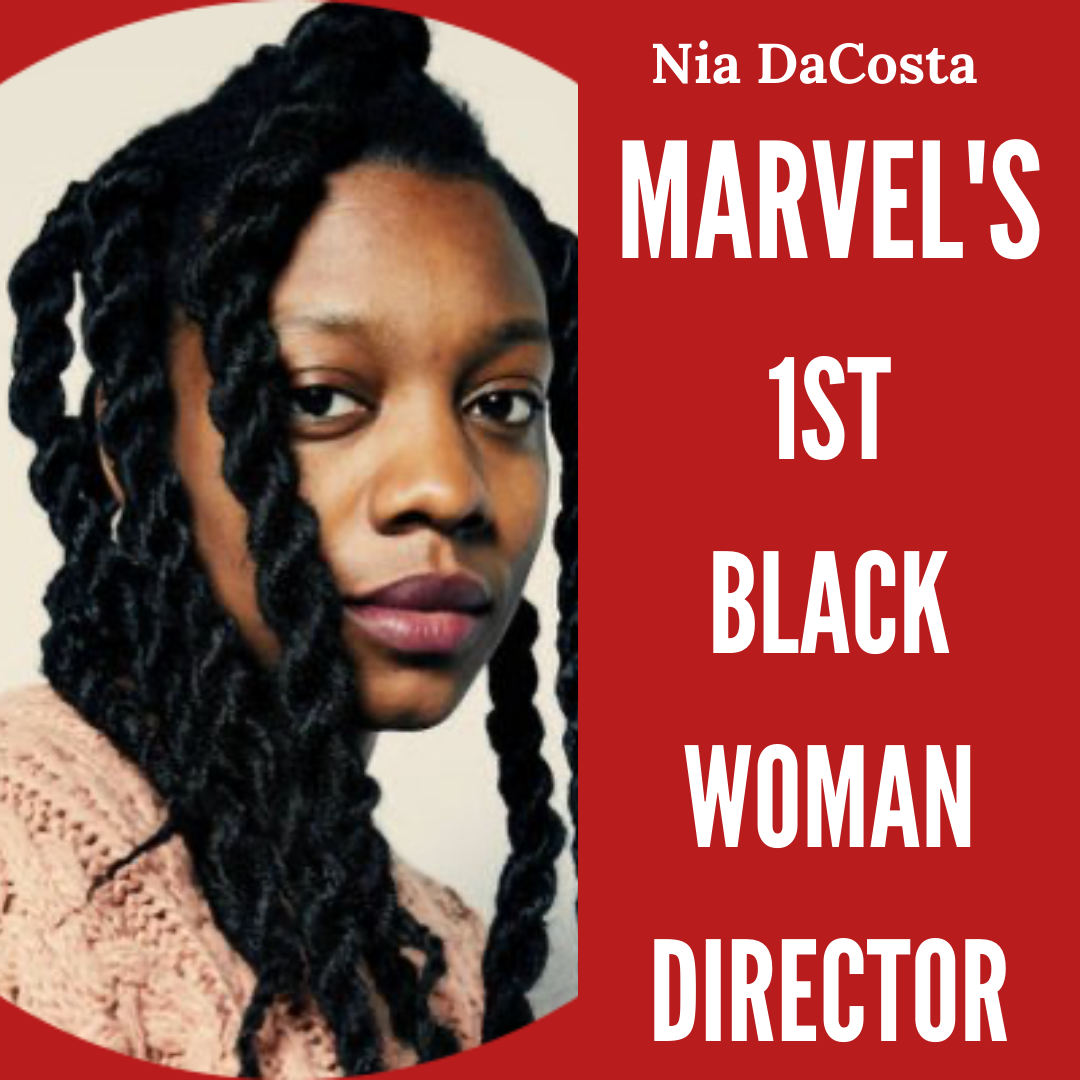
These artists aren’t waiting for permission, and neither should we. The future of art and film is already here—bold, brilliant, and undeniably Black.
The next generation of Black artists and filmmakers isn’t just reshaping culture—they’re owning it. From Kendrick Lamar’s unshakable reign to Doechii’s unstoppable rise and Jordan Adetunji’s genre-defying sound, these visionaries are proving that authenticity, resilience, and innovation will always win. They’re not waiting for approval or permission; they’re building their own legacies, rewriting the rules, and inspiring the next wave of creatives to dream bigger and push further. The movement is happening now, and the world is finally paying attention.
Black creativity isn’t just shaping the future—it is the future.
More by this author
The Wrap
- Black artists are reclaiming space in film, music, and culture with bold new narratives.
- Directors like Nia DaCosta and RaMell Ross are reshaping cinema with authenticity and depth.
- Musicians including Kendrick Lamar, Doechii, and Jordan Adetunji are driving innovation in sound.
- Emerging Black artists face barriers but continue to break through with resilience and vision.
- Mentorship and initiatives like fellowships and festivals are fueling the next wave of creatives.
- Supporting Black filmmakers and musicians through streaming, sharing, and investing is key to lasting change.
- The future of art and film is being defined by Black creativity—brilliant, fearless, and unstoppable.
